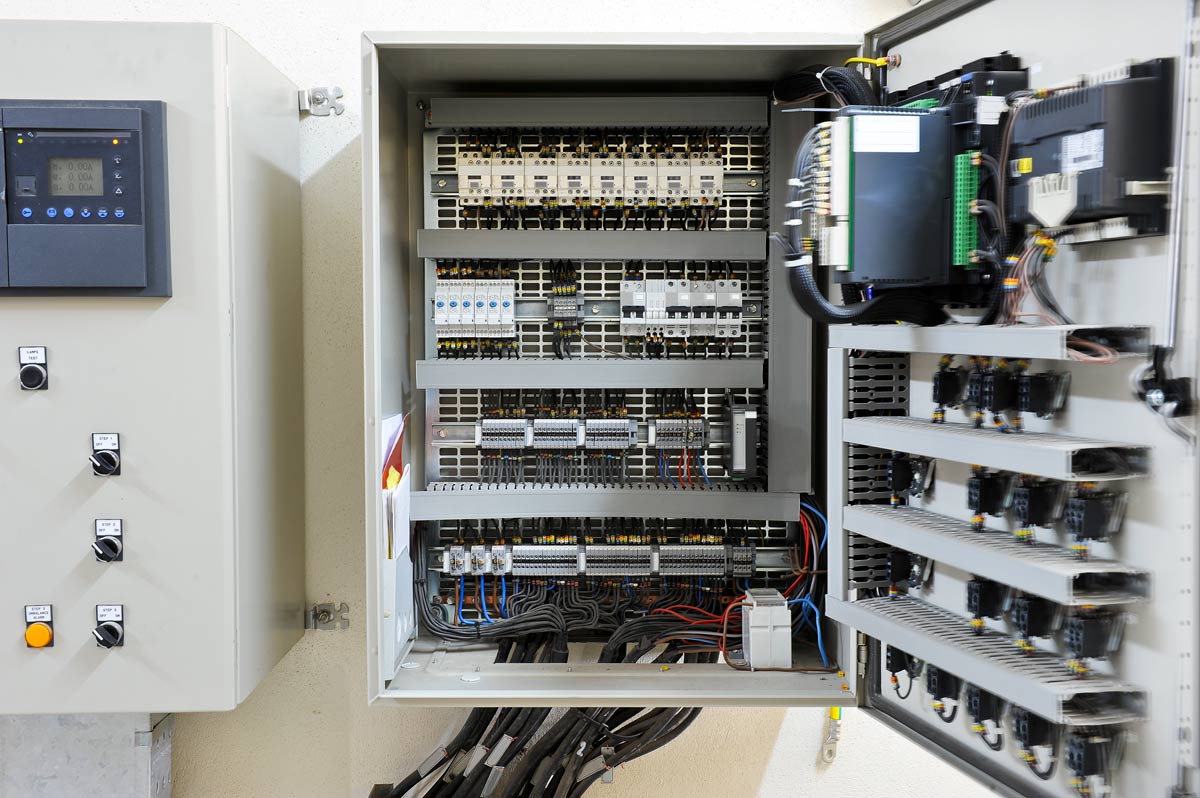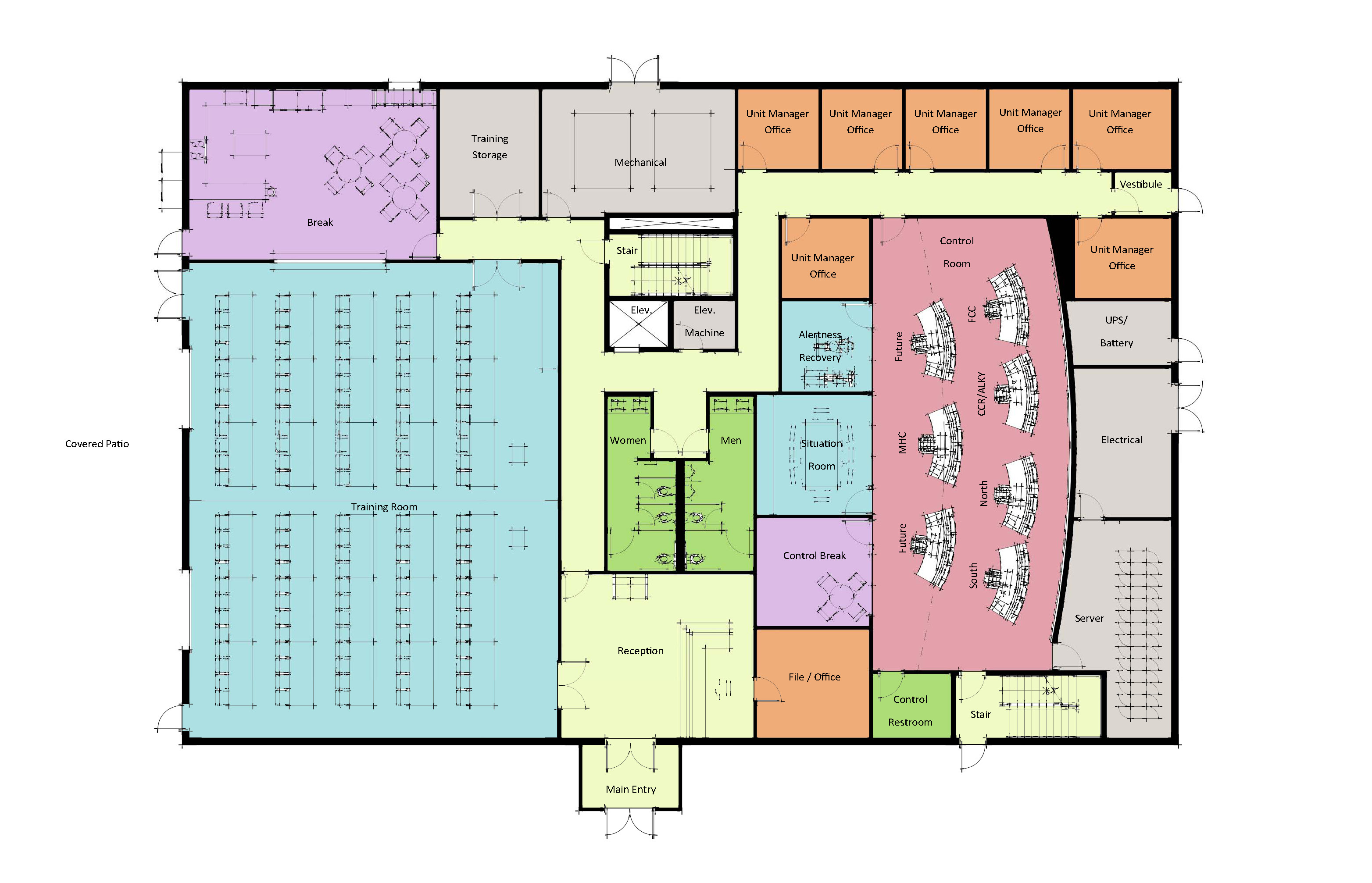Table Of Content

Creating documents, ensuring that suppliers are adequately qualified for their role in the manufacturing process, and maintaining records are just a few of the QMS procedures that directly feed into design controls. Once the initial design has been completed and brought to market, the QMS will continue to be necessary for ongoing compliance. Regulators require ongoing monitoring and quality system reporting related to the device including complaint handling, nonconformance monitoring, and Risk Management. Realize that your overall goal in medical device product development and manufacturing is to prove and demonstrate that your product meets clinical needs, design inputs, and requirements, and is safe and effective. The design history file must be made available for FDA inspection.

Design Outputs are the preliminary Device Master Record
So, this stage involves a lot of testing of components at various stages throughout the development process. Completing Design Transfer signifies your medical device is ready to exit product development and officially enter into production. I also shared how Design Outputs are the preliminary Device Master Record.
What Is a Design Review?
The mindset you exhibit toward implementing Design Controls is just as important as following the regulatory guidance. Building a culture of quality into the company from the outset of the design process will help ensure that quality mindset is maintained throughout the device lifecycle. Design Controls are required to improve product quality and help companies avoid manufacturing defects that can lead to recalls or other significant issues.
What Is a Design History File (DHF)?
Polyamide fibers, commonly known as nylon, are the base for various textiles, including functional apparel, outdoor and sports gear. The two most common types of polyamides, PA 6 and PA 6.6, are difficult to identify and separate and are not collected by curbside recycling programs. Closing the loop on these materials is a crucial step towards a more sustainable future. With the ability to differentiate PA 6 and PA 6.6, trinamiX helps brands close this loop. For example, BASF has utilized trinamiX technology to qualify PA 6 waste streams for their new loopamid® product, the first polyamide 6 entirely made from textile waste.
Design validation may detect discrepancies between the device specifications (outputs) and the needs of the user or intended use(s) of the device. This can be accomplished through a change in design output or a change in user need or intended use. While the requirement for the conduct of risk analysis appears in Section 820.30(g) Design Validation, a firm should not wait until they are performing design validation to begin risk analysis.
How to Make Design Controls More Efficient: Here is a Tested Tool for Design Engineers
In this paper, cable force is used as design variables, and the mechanical problem of solving node balance is transformed into the mathematical optimization problem of minimizing node unbalanced force. The equivalent force model (EFM) is used to establish a precision control function which can dynamically show the convergence trend of node unbalance force. The differential evolution (DE) algorithm is introduced, and the precision control function is taken as its fitness function to minimize the solution. To make it easy to use, the differential evolution algorithm is modified.
Regulated Product(s)
Review frequency will be impacted by the size and scope of the project and the product development life cycle. At minimum, two design reviews should be held – one at the beginning during the design inputs review process and another at the end during the design transfer phase. Review the firm's design control procedures and verify that they address the specific requirements of the regulation. The design and development process, which Design Controls regulates, extends beyond creating and testing a device.
FDA finalises Human Factors Guidance – Design Verification - Part 2
The classic Design Controls diagram should be viewed as a means to describe the relationship between Design Controls elements. As discussed earlier, this does not mean your medical device product development methodology has to be “waterfall” in nature. I often hear that the Design Controls requirements are often restrictive and require a phase / stage-based approach (some refer to this as “waterfall”) for the product development process. Embrace this in your own medical device product development efforts. Not all of the records generated during the project are design outputs and as such do not need to be retained in the design history file. Please note that the GHTF guidance is intended for use by manufacturers worldwide who must comply with other regulatory systems in as well as the U.S.'s system.
Towards composite suspension control arm: Conceptual design, structural analysis, laminate optimization ... - ScienceDirect.com
Towards composite suspension control arm: Conceptual design, structural analysis, laminate optimization ....
Posted: Mon, 01 Jan 2024 08:00:00 GMT [source]
These two fundamental aspects have a profound impact on the development process and if done badly will be huge stumbling blocks. In general I’m a huge fan of the V-model, due to its flexibility and simplicity. I will dig deeper into how this model can be used to represent the status of development activities and how to build a design process that serves engineers in future articles. Design transfer is the process of making all the final arrangements for transferring the device to commercial production. Once Design Transfer is completed you should be able to “turn the key” to start manufacturing your product.

Confirm that such production devices or their equivalents were used by reviewing the design validation documentation. If production devices were not used, the firm must demonstrate equivalency to production devices. Where there are differences, the manufacturer must justify why design validation results are valid for production units, lots or batches. The regulation is flexible and it does allow for the use of equivalent devices, but the burden is on the manufacturer to document that the units were indeed equivalent.
They ultimately bear responsibility for translating needs into a set of requirements that can be validated prior to implementation. Medical devices, like all products and software, are constantly evolving. Yet, due to the nature of medical devices and their impact on personal health and safety, the entire product life cycle of a device must be carefully documented. Developers and engineers get so immersed in the “design and refine” process that they sometimes forget about their obligation to document how they got from A to B. The firm's development of concepts and the conduct of feasibility studies are not subject to the design control requirements of the regulation.


No comments:
Post a Comment